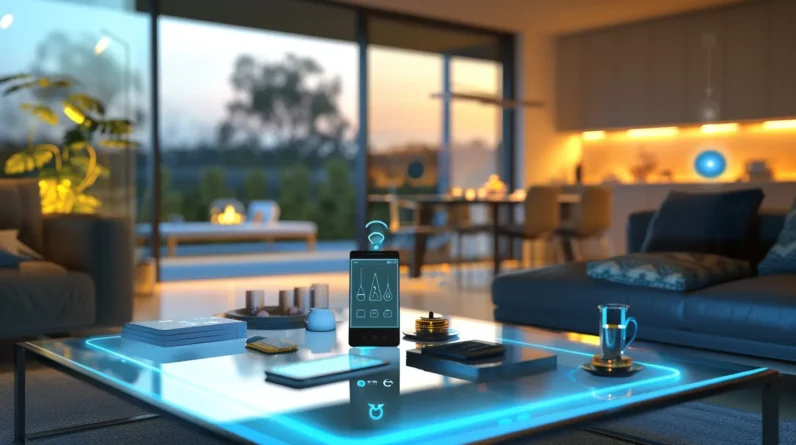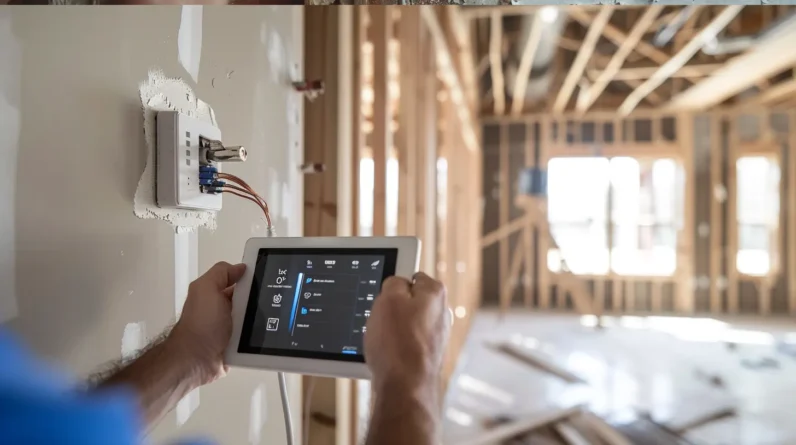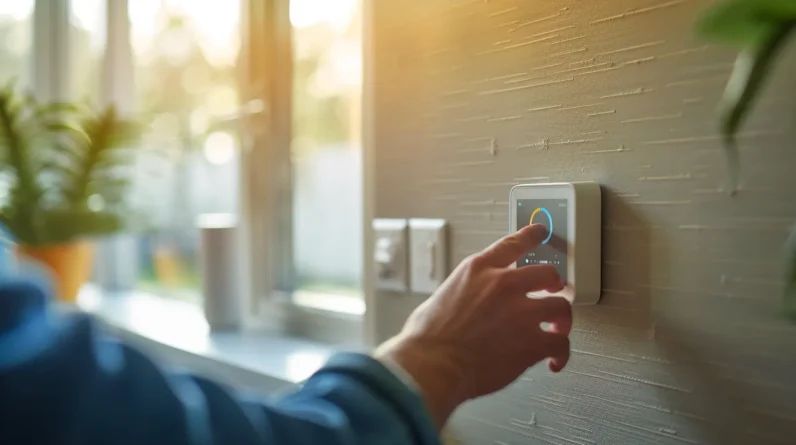
We’re seeing dramatic shifts in energy consumption patterns driven by smart device proliferation, with over 14.4 billion connected devices now shaping our power usage. Smart home automation delivers 15-30% reductions in household energy costs through AI-driven monitoring and automated controls. While standby power still accounts for 5-10% of residential bills, smart power strips and scheduling can cut this waste by 50%. Data centers, consuming 2% of global electricity, are implementing edge computing to reduce transmission losses by 20-30%. The evolution of smart energy management opens powerful new possibilities for efficiency and cost savings.
The Rise of Smart Energy
How has smart energy transformed our relationship with power consumption? We’re witnessing an unprecedented shift as IoT-enabled devices and smart meters provide real-time energy data analytics. These systems now track usage patterns with 99% accuracy, allowing us to optimize consumption across residential and commercial sectors.
We’ve seen a 30% reduction in energy waste through smart grid implementation, while AI-powered load balancing has improved distribution efficiency by 25%. Smart thermostats alone contribute to 10-15% energy savings in homes. The integration of blockchain technology ensures secure data transmission between smart devices, with over 50 million smart meters now deployed globally. Through machine learning algorithms, we’re achieving predictive maintenance capabilities that reduce downtime by 40% and extend equipment lifespan by up to 20%.
Standby Power’s Hidden Costs
While smart devices offer unprecedented control over active energy usage, their standby power consumption presents a significant hidden cost, accounting for 5-10% of residential electricity bills worldwide. We’re seeing this “phantom load” grow as households add more connected devices, each drawing minimal but continuous power even when not in use.
– Smart TVs consume 0.5-3 watts in standby mode, costing $8-15 annually per device
– Wi-Fi routers draw 5-10 watts continuously, adding $15-30 to yearly bills
– Smart speakers use 1.5-3 watts in idle mode, contributing $5-10 annually
– Smart displays maintain 2-4 watts standby drain, resulting in $7-12 yearly costs
To combat these hidden costs, we can implement smart power strips, create device schedules, and enable power-saving modes, potentially reducing standby consumption by up to 50%.
IoT Impact on Power Grids
The electrical grid faces mounting pressure as Internet of Things (IoT) devices proliferate, with projections showing connected devices will surge from 14.4 billion in 2022 to 27 billion by 2025. We’re witnessing unprecedented strain on our power infrastructure as each device, while individually consuming minimal energy, collectively creates significant demand spikes during peak usage periods.
To address this challenge, we’re implementing advanced load balancing systems and smart grid technologies. These solutions include real-time consumption monitoring, automated demand response protocols, and dynamic pricing mechanisms. We’re also seeing the integration of edge computing architectures that optimize power distribution by processing data closer to IoT devices, reducing transmission losses and improving grid stability. Smart meters and AI-driven predictive analytics are becoming essential tools for utilities to manage this evolving power landscape effectively.
Home Automation Energy Benefits
Integrating smart home automation systems can reduce household energy consumption by 15-30% on average. We’re seeing remarkable efficiency gains through AI-powered learning algorithms that optimize our home’s energy usage patterns in real-time.
Key automation benefits for energy reduction include:
– Smart thermostats that adjust temperatures based on occupancy patterns, saving 10-12% on heating and 15% on cooling costs
– Automated lighting controls with motion sensors that cut lighting energy waste by up to 50%
– Smart plugs and switches that eliminate phantom power draw from devices in standby mode, reducing idle consumption by 5-10%
– Learning algorithms that optimize appliance run times to leverage off-peak utility rates, delivering 8-15% cost savings
These systems continuously monitor and adjust energy usage, providing data-driven insights that help us maintain optimal efficiency levels.
Data Centers and Power Demand
Modern data centers consume nearly 2% of global electricity production, with demand growing by approximately 10-12% annually. We’re seeing this surge driven by cloud computing, IoT devices, and streaming services that require constant server availability and processing power.
To combat this intensive energy use, we’re implementing several critical solutions. Advanced cooling systems using liquid immersion can reduce cooling costs by up to 40%, while AI-powered workload optimization helps balance server utilization more efficiently. We’re also seeing rapid adoption of renewable energy sources, with major providers like Google and Microsoft committing to 100% renewable operations.
The future of sustainable data centers lies in edge computing architecture, which can decrease transmission energy losses by 20-30% by processing data closer to its source, coupled with highly efficient power usage effectiveness (PUE) ratings below 1.2.
Conclusion
We’ve witnessed smart devices revolutionizing our energy landscape, but as the saying goes, “with great power comes great responsibility.” Through analyzing consumption patterns, we’re now better equipped to manage standby power waste, optimize IoT infrastructure, and leverage home automation for efficiency. By implementing data-driven solutions and grid-level improvements, we’ll reduce our collective footprint while meeting the growing demands of our interconnected future.







